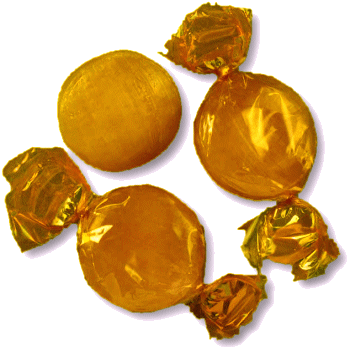




WELCOME TO An Entertainment Site for Scottish Country Dancers - Enjoy the curated selection of theme-related dances for celebrations and holidays, or find a dance associated with a special calendar day, or EVEN your own birthday!
Redheads Day
May 26
Other Scottish Country Dances for this Day
Today's Musings, History & Folklore
“Red hair, sir, in my opinion, is dangerous.”
~ P.G. Wodehouse, Very Good, Jeeves! (1930)
Whether naturally gifted or with a little help from the salon, if you’re a Strawberry-Blonde, Ginger, Classic Red, Deep Red, Auburn, or Dark Auburn, today is your day to shine! In Gaelic, Nighean Ruadh means “the red-haired girl,” a nod to the rich cultural heritage surrounding this fiery hue. Scotland boasts the highest proportion of redheads in the world—around 13%—closely followed by Ireland at 10%. Yet it’s the United States that holds the largest number overall, with an estimated 6 to 18 million red-haired individuals, making up about 2–6% of the population.
Throughout history and across cultures, red hair has sparked fascination—sometimes cherished, sometimes feared. From being celebrated for its rarity to being stigmatized as the mark of a witch, werewolf, or even vampire (especially when paired with green eyes), the redhead mystique runs deep. But today, we honor its beauty, boldness, and brilliant variety. So here’s to you, redheads and gingers—whether flaming, freckled, or fierce—your color lights up the world.
Celebrate today with this elegant strathspey which starts out simply and ends with a Tournée. 🧡 ❤️ 🤎 ❤️
Nighean Ruadh
"Ruadh gu brath!" - “Red heads forever!”
Nighean Ruadh is Gaelic for "the red-haired girl."
Red hair is the rarest natural hair color in humans. The non-tanning skin associated with red hair may have been genetically advantageous in far-northern climates where sunlight is scarce.
Scholars note that redheads have influenced history out of proportion to their numbers. Famous redheads include Roman emperor Nero, Helen of Troy, Cleopatra, the ancient god of love Aphrodite, Queen Elizabeth I, Napoleon Bonaparte, Oliver Cromwell, Emily Dickinson, Antonio Vivaldi, Thomas Jefferson, Vincent Van Gogh, Mark Twain, James Joyce, Winston Churchill, Malcolm X, Galileo, and King David.
While Scotland has the highest proportion (13%) of redheads (followed by Ireland with 10%), the United States has the largest population of redheads in the world, with between 6-18 million redheads, or 2-6% of the population.
Some common surnames in the British Isles reflect the frequency of red hair there, including Flanary (“red eyebrow”), Reid (“red-haired, ruddy complexion”), and Flynn (“bright red”).
In various times and cultures, red hair has been prized, feared, and ridiculed, often with unfortunate consequences. In Medieval times, red hair was thought to be a mark of a beastly sexual desire and moral degeneration. A savage red-haired man is portrayed in the fable by Grimm brothers (Der Eisenhans) as the spirit of the forest of iron. The 11th century medieval author and compiler of texts, Theophilus Presbyter, describes how the blood of a red-haired young man is necessary to create gold from copper. And the 15th century best-selling treatise, second only to the Bible in the Middle Ages, Malleus Maleficarum (The Hammer of Witches), notes that red hair and green eyes may mark the sign of a witch, a werewolf or a vampire!
Today people celebrate this beautiful hair color, whether Strawberry-Blonde, Ginger, Classic Red, Deep Red, Auburn, or Dark Auburn.
For more about how redheads have been viewed historically, click the painting of Lady Lilith (1866-68), by Dante Gabriel Rosetti, who along with the other pre-Raphaelites, often favored redheads as female subjects in his paintings.
A large 1867 watercolor of Lady Lilith, painted by Dante Gabriel Rossetti, has a verse from Goethe's Faust as translated by Shelley on a label attached to its frame:
"Beware of her fair hair, for she excells
All women in the magic of her locks,
And when she twines them round a young man's neck
she will not ever set him free again."
Click the dance cribs or description below to link to a printable version of the dance!




